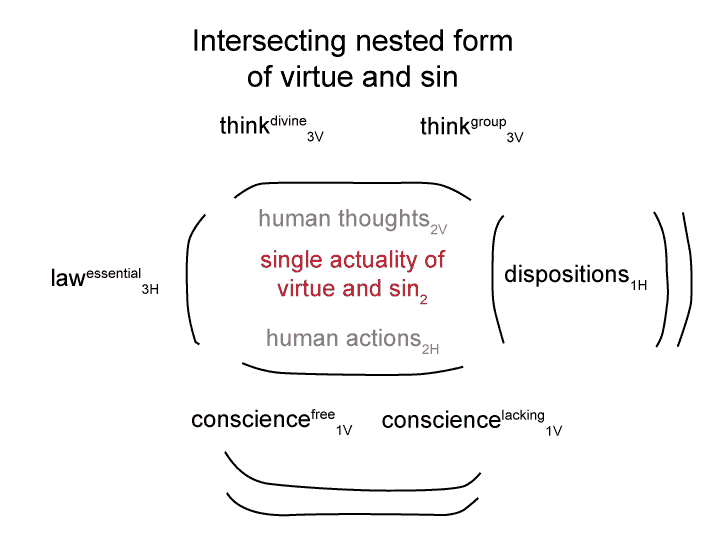Man and Sin by Piet Schoonenberg (1964) 2.2 DX-2
[The hero stands for Progressive television producers (whose way of talk exploits the viewers, since they cannot talk back). The victim stands for the viewer (who cannot talk back to the television, therefore is a victim).
The expectation is that the victim-viewer will join the television producer-exploiter in a mutual hatred of the one designated as the anti-object. ‘The bad one’, in many these shows, stands in for those who do not watch TV and mind their own business.
Thus, in contradiction to Jesus’ words in John 15:5, the so-called Progressive mainstream American TV portrays a world where both producer and viewer love one another while both hating their fellow “man” (the stock character accused of the projector’s moral failures).]

